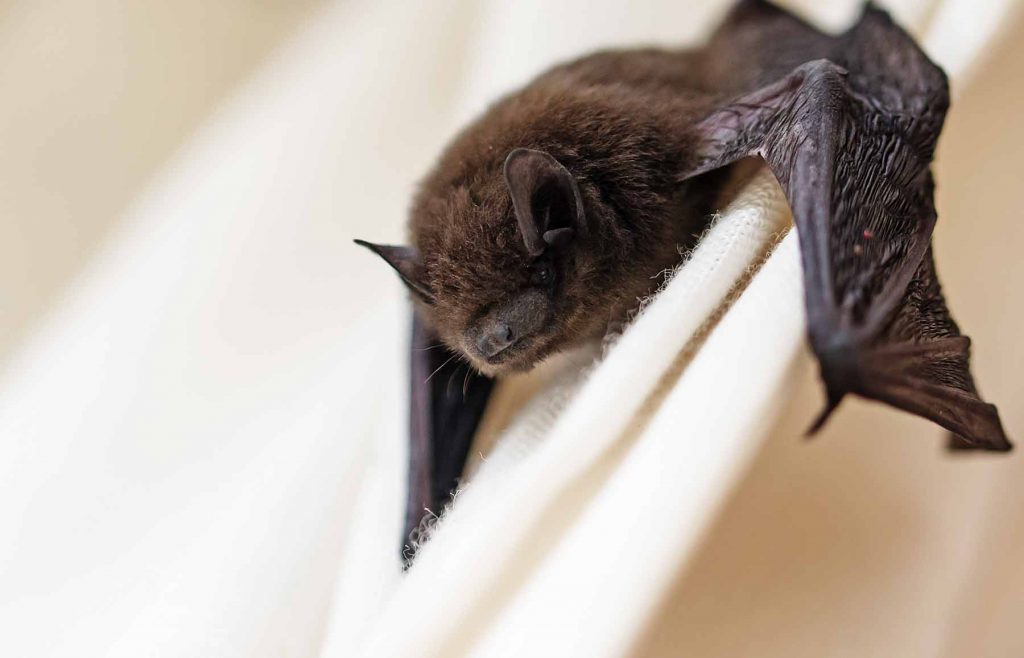Raleigh, North Carolina, is home to a diverse range of snake species, some of which are venomous and others that are harmless. Identifying poisonous versus non-poisonous snakes in this area is crucial for residents and outdoor enthusiasts alike. One of the most common venomous snakes found in Raleigh is the copperhead. These snakes have distinctive hourglass-shaped markings on their bodies and are known for their copper-colored heads. Another venomous snake to be cautious of is the timber rattlesnake, which can be identified by its thick body, dark-colored bands, and rattle at the end of its tail. On the other hand, numerous non-poisonous snake species inhabit the region as well. The eastern rat snake is a common harmless snake that can grow up to six feet long and has a black body with white or yellowish markings. Another non-venomous snake native to Raleigh is the eastern garter snake, which has a slender body and distinct stripes running along its length. Being able to distinguish between poisonous and non-poisonous snakes in Raleigh is essential for ensuring safety while enjoying the natural beauty of this vibrant city.
Identifying Poisonous vs. Non-Poisonous Snakes in Raleigh, NC
The Importance of Snake Identification
Living in Raleigh, North Carolina, we are fortunate to be surrounded by beautiful nature and diverse wildlife. However, this also means that encounters with snakes are not uncommon. While most snakes are harmless and play a vital role in our ecosystem, a few venomous species can pose a threat to humans and pets. Therefore, it is crucial to be able to distinguish between poisonous and non-poisonous snakes to ensure our safety and promote coexistence.
Knowing the Venomous Species
In Raleigh, there are six venomous snake species that you should be aware of: the Copperhead, Eastern Diamondback Rattlesnake, Timber Rattlesnake, Cottonmouth (or Water Moccasin), Pigmy Rattlesnake, and Eastern Coral Snake. These snakes have distinct features that can help in their identification.
The Copperhead, for instance, is known for its hourglass-shaped markings and a light copper or pinkish coloration. Its head is usually wider than its neck. On the other hand, the Eastern Diamondback Rattlesnake is the largest venomous snake in North America and has a diamond-shaped pattern on its back with a rattle at the end of its tail. The Timber Rattlesnake shares similar characteristics but is found less frequently in urban areas.
The Cottonmouth is easily recognizable due to its dark coloration and distinctive white mouth, which it displays when feeling threatened. The Pigmy Rattlesnake is much smaller in size and has a series of dark blotches down its back with a rattle at the end of its tail. Lastly, the Eastern Coral Snake has vibrant red, yellow, and black banding along its body and should be avoided at all costs due to its highly potent venom.
Identifying Non-Poisonous Snakes
While venomous snakes may instill fear, it is important not to harm non-poisonous species that are beneficial to our environment. The most common non-venomous snakes found in Raleigh include the Black Rat Snake, Eastern Garter Snake, Eastern King Snake, and Eastern Ribbon Snake.
The Black Rat Snake, often mistaken for a venomous species due to its large size, is harmless and plays a significant role in controlling rodent populations. It has a shiny black coloration and a white chin. The Eastern Garter Snake, with its long and slender body, has three yellowish stripes running down its back. The Eastern King Snake has a glossy black color with white or yellow bands encircling its body, while the Eastern Ribbon Snake boasts a slender build with a distinct light stripe down its back.
Seeking Professional Assistance
If you encounter a snake and are unsure of its venomous status, it is always best to err on the side of caution. Attempting to handle or remove the snake yourself can be dangerous. Instead, contact a local wildlife control or animal removal service for assistance. They have the expertise and knowledge to safely identify and handle snakes, ensuring both your safety and the snake’s well-being.
In conclusion (Sorry, couldn’t resist!), being able to distinguish between poisonous and non-poisonous snakes is essential when living in Raleigh, NC. By familiarizing ourselves with the distinctive features of venomous species and appreciating the benefits of non-venomous snakes, we can coexist peacefully with these fascinating creatures that are an integral part of our natural environment. Remember, when in doubt, always seek professional assistance to ensure everyone’s safety.
Contact For Wildlife Control Help
Thank you for taking the time to read about Triangle Wildlife Removal, your trusted animal removal service in Raleigh, NC. We understand the urgency and stress that comes with dealing with wildlife intrusions in your home or property. Our team of experienced professionals is ready to assist you 24/7, providing efficient and humane solutions to your wildlife problems. Don’t hesitate to give us a call at (919) 661-0722 if you are in need of immediate assistance. Your satisfaction and safety are our top priorities, and we look forward to serving you soon.
